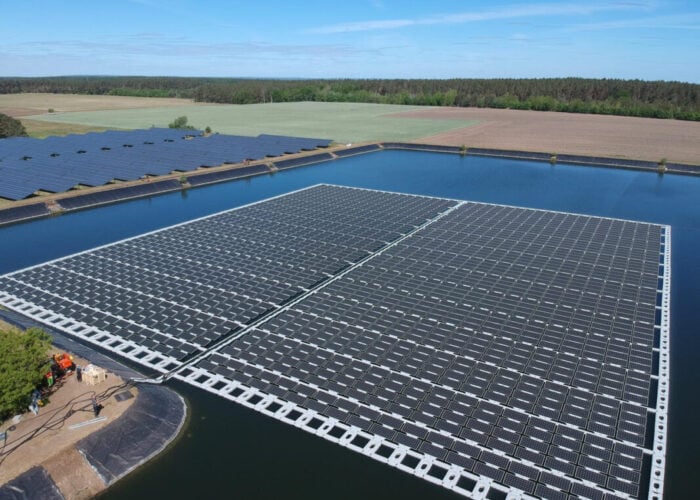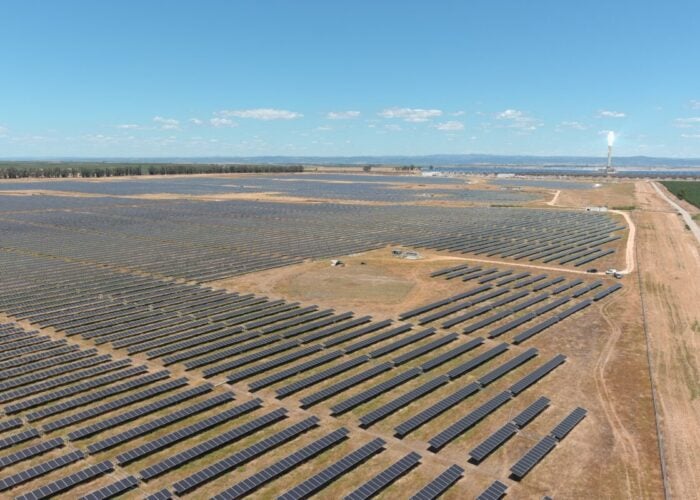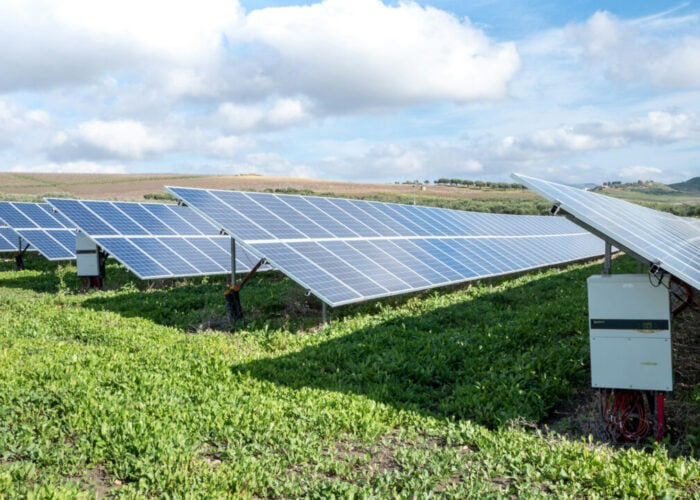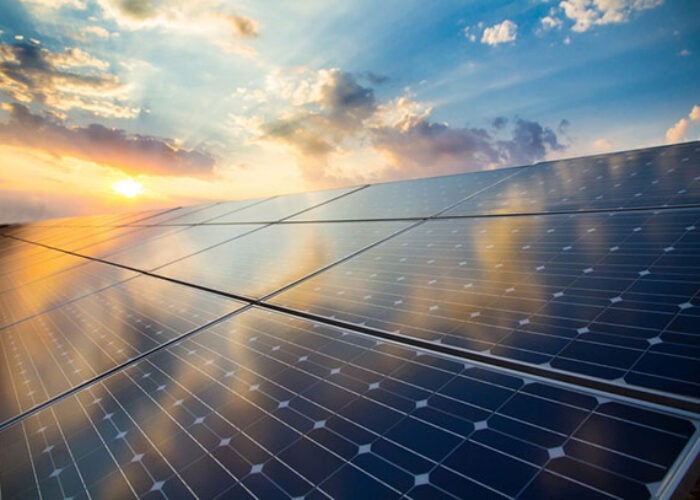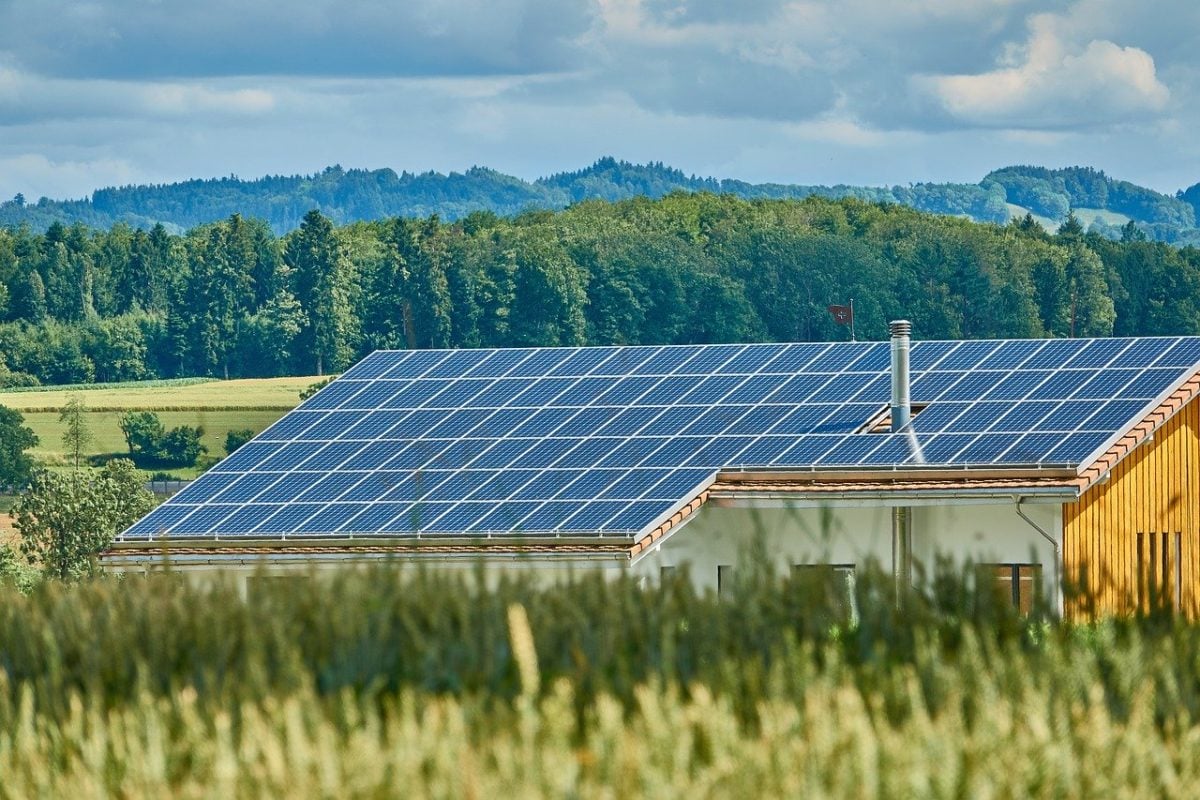
Quarantine measures and national lockdowns related to the COVID-19 outbreak have set the scene for a swathe of generation records by solar and broader renewables, according to the latest figures.
The roll-out of lockdown plans to contain the pandemic – now thought to have passed the two-million global case mark – has been found to trigger changes to energy market dynamics, including generation profile, consumption patterns and power prices.
Unlock unlimited access for 12 whole months of distinctive global analysis
Photovoltaics International is now included.
- Regular insight and analysis of the industry’s biggest developments
- In-depth interviews with the industry’s leading figures
- Unlimited digital access to the PV Tech Power journal catalogue
- Unlimited digital access to the Photovoltaics International journal catalogue
- Access to more than 1,000 technical papers
- Discounts on Solar Media’s portfolio of events, in-person and virtual
Coupled with sunny weather in Europe and beyond, solar’s status as an “essential service” has allowed the technology to shine across key energy markets worldwide – what follows is a compilation of some of the most recent milestones.
Solar reaches all-time weekly high in Germany
Germany is thought by research centre Fraunhofer ISE to have broken its weekly solar generation records.
According to the institute, solar accounted for 23% of all electricity produced in the European state between 6 and 12 April, both inclusive. At 1.74TWh, the power generated by the industry over the 7-day period surpassed wind (1.28TWh), nuclear (1.23TWh) and brown coal (1.09TWh).
For German solar, the 23% share – an all-time high since a 21.1% figure was reported in mid-2019 – marks the eighth consecutive week-on-week rise. On a monthly basis, Fraunhofer ISE believes PV may hit a 19.8% share in April, up from February (3.5%) and March (10.4%).
The institute’s findings come after thinktanks ZSW and BDEW claimed that the COVID-19 lockdown had seen German renewables break the 50% share mark in Q1 2020, a historic first for the country. With Fraunhofer ISE reporting a 55.4% share last week, the industry appears to be retaining its dominance over non-renewables so far in April.
Solar ‘lighting the path’ in Spain with monthly record
Over in Spain official figures paint a similarly upbeat picture for solar generation.
In early April, Spanish grid operator REE said the technology is “lighting the path” to the energy transition after its own stats showed PV generation reached 1.049TWh over March 2020. The figure, a 29.1% jump on the March 2019 numbers, is the highest the country has ever recorded for PV.
The month-long record – achieved as Spain confined millions and closed non-essential businesses for 10-days – included individual milestones, such as PV’s success in covering 25.6% of all GWh produced nationwide at 14:29 Spanish time on 29 March 2020.
At 4GW-plus added over 2019, Spain installed more solar than anywhere else in Europe last year and boasts now a cumulative 9GW. The new findings of a March 2020 of records anticipate that the industry will enjoy a “good summer”, grid operator REE believes.
Weather tailwinds push UK to renewable milestone
In line with fellow major European economy Germany, the UK saw renewables become in Q1 2020 the leading power source nationwide, according to consultancy EnAppSys.
In findings reported by PV Tech’s sister title Current±, UK renewables generated 35.4TWh between January and March 2020. Over the quarter, green energy reached a 44.6% share of total generation, overtaking gas-fired (29.1%), nuclear (15.3%) and coal plants (3.7%), as well as power imports (7.3%).
The UK’s renewable bonanza in Q1 2020 – a quarter when the country enacted mass-confinement policies and shuttered schools and businesses – was far more of a wind- than a solar-driven event, EnAppSys figures indicate.
Over Q1 2020, consistently high winds interspersed with severe storms saw UK wind farms generate more than 10GW for 63% of the quarter, and more than 5GW for 85% of it. On 8 February, as Storm Ciara battered the country, wind power reached a record 44.26% production share.
Australia’s renewably-powered Easter Saturday
As COVID-19 further tightens its global hold, solar milestones have too started to emerge on the opposite end of the planet.
In Australia, recent reports by the Australian Broadcasting Corporation (ABC) indicate that solar segments covered together nearly a third of all electricity last week on Easter Saturday in Queensland, New South Wales, Victoria, Tasmania and South Australia.
On that day (Saturday 11 April) the five states served by the National Electricity Market reached a collective renewable share of 50.7%, the second time ever the figure has climbed over 50%. Rooftop solar (22%) was followed by wind (17.1%) and large-scale solar (9.4%). At 37.2%, however, black coal remained the dominating source on an individual basis.
Australia’s solar-powered Easter break follows a 2019 of surging industry growth. According to new figures from global agency IRENA, the country boosted cumulative PV installs from 11.3GW in 2018 to 15.9GW in 2019.
PV Tech has set up a dedicated tracker to map out how the COVID-19 pandemic is disrupting solar supply chains worldwide. You can read the latest updates here.
If you have a COVID-19 statement to share or a story on how the pandemic is disrupting a solar business anywhere in the world, do get in touch at [email protected] or [email protected].

